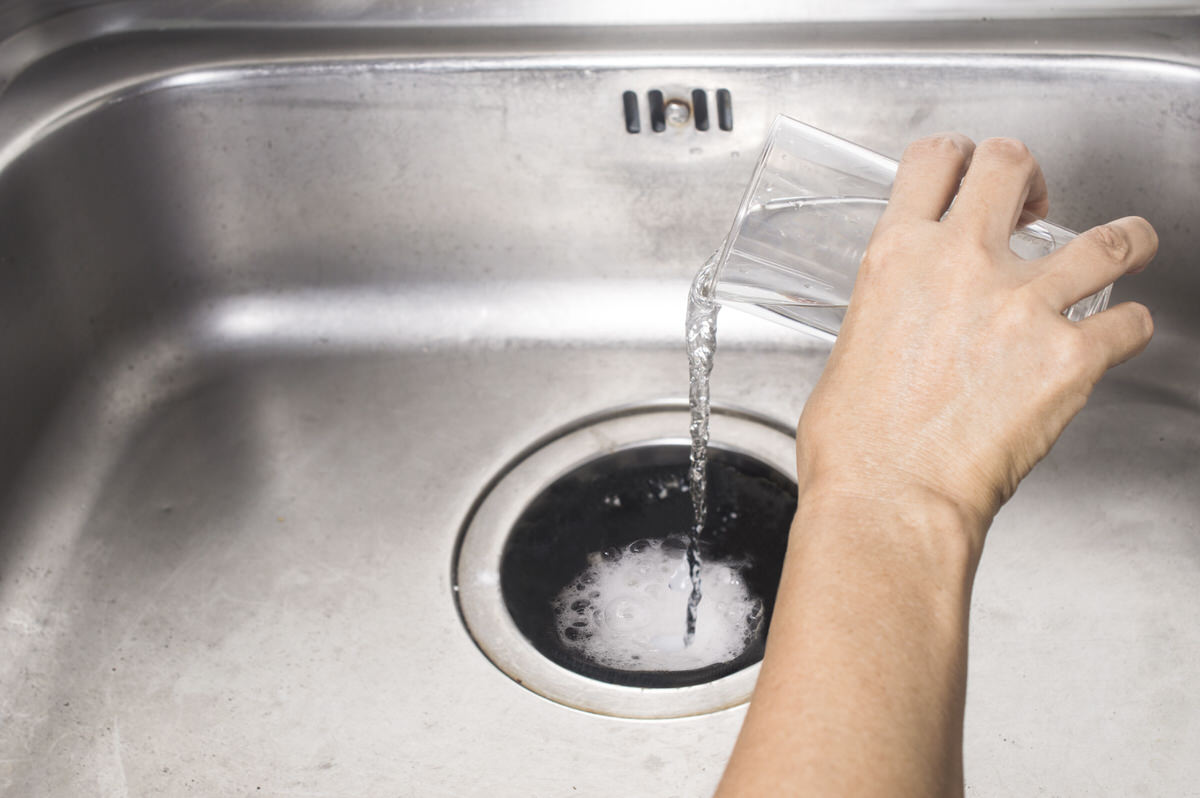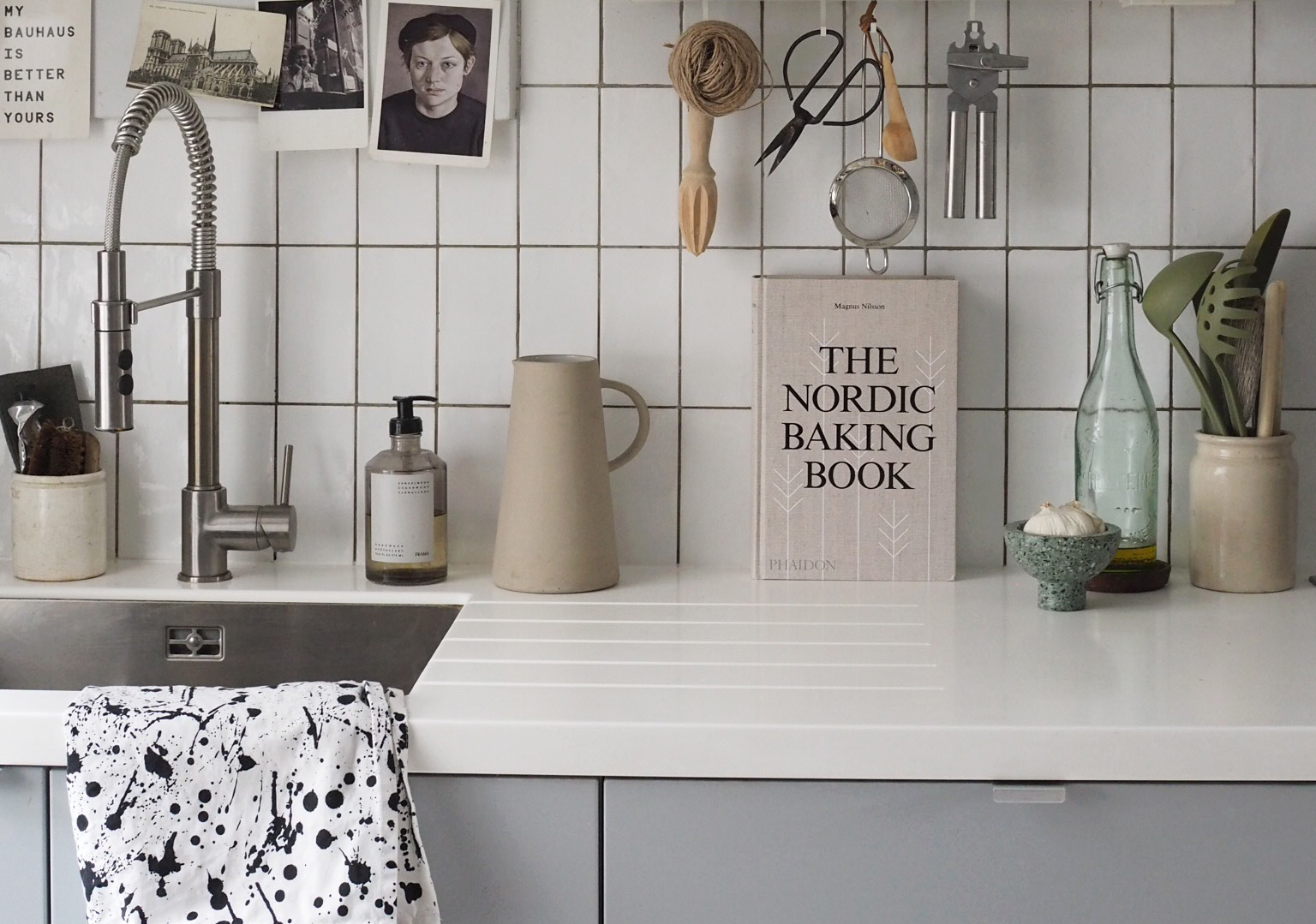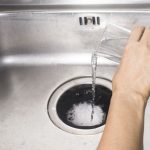In the heart of every home, the kitchen stands as a bustling hub of culinary creativity and daily chores. However, this hive of activity can quickly turn into a scene of frustration when faced with a clogged sink. The relentless buildup of grease, food scraps, and other debris can bring your kitchen operations to a grinding halt. Fear not, for in this comprehensive guide, we’ll explore quick and efficient remedies to unclog your sink, restoring harmony to your kitchen haven.

Understanding the Blockage
Before diving into solutions, it’s crucial to understand what’s causing the clog. Kitchen sink blockages often stem from a combination of oil and fat solidifying, mixed with food particles that get stuck in the drain. Over time, this accumulation forms a stubborn obstruction that prevents water from flowing freely.
Preparation is Key
Gather Your Tools
To tackle the clog, you’ll need a few essential tools:
- Plunger: The classic tool for clearing drains.
- Baking Soda & Vinegar: A natural, chemical-free solution.
- Drain Snake or Zip-it Tool: For reaching deep into the drain.
- Gloves: Protection is paramount.
- Bucket or Bowl: To catch any excess water or debris.

OLYMPUS DIGITAL CAMERA
First Line of Defense: The Plunger
The Art of Plunging
- Plug the Overflow: If your sink has an overflow hole, cover it with a wet cloth to create a tight seal.
- Fill with Water: Partially fill the sink with a few inches of warm water to help create pressure.
- Position the Plunger: Place the plunger over the drain, ensuring a good seal around its edge.
- Plunge Away: Use forceful up-and-down movements, maintaining the seal. Repeat for several minutes.
The suction created by plunging often dislodges minor clogs, allowing water to flow freely again.
Natural Solution: Baking Soda & Vinegar
The Foamy Fix
When a gentle approach is preferred, baking soda and vinegar offer a safe, eco-friendly alternative:
- Pour Baking Soda: Start by pouring ½ cup of baking soda directly into the drain.
- Follow with Vinegar: Slowly pour 1 cup of white vinegar into the drain, creating a fizzy reaction.
- Let it Sit: Cover the drain and let the mixture work its magic for at least an hour or overnight for tough clogs.
- Flush with Hot Water: After the wait, pour boiling water down the drain to flush out any remaining debris.
This method is effective for breaking down organic matter and dissolving grease.
Going Deeper: The Drain Snake
Unleash the Snake
For clogs beyond the reach of a plunger or homemade cleaners, a drain snake (also known as an auger) becomes your best friend:
- Insert the Snake: Feed the snake into the drain until you encounter resistance.
- Twist and Push: Rotate the handle while pushing forward to hook onto the clog.
- Retrieve and Clean: Once you feel the clog break free, slowly retract the snake, bringing the debris with it. Dispose of the waste properly.
A drain snake can navigate through twists and turns, effectively removing stubborn blockages.
Preventive Measures: Avoid Future Clogs
Smart Drain Habits
- Use a Strainer: Always have a mesh strainer over your drain to catch food scraps and other solids.
- No Grease Down the Drain: Cool cooking oil and dispose of it in the trash. Never pour it down the sink.
- Regular Cleaning: Run hot water down the drain after each use and perform a monthly baking soda-vinegar flush to maintain clear pipes.
- Mind What You Put Down: Coffee grounds, eggshells, and fibrous foods like celery should be composted, not sent down the drain.
By adopting these practices, you significantly reduce the likelihood of future clogging incidents.
Enhancing Your Arsenal: Advanced Tools & Techniques
While the basics covered earlier are effective in most cases, sometimes a clog may require a bit more firepower. Here are some advanced tools and techniques to add to your unclogging arsenal:
- Hydro Jetting: This method uses high-pressure water streams to blast through stubborn clogs and clean the inside of your pipes thoroughly. Hydro jetters are powerful tools typically used by professionals, but there are smaller, consumer-grade versions available for rent or purchase. Exercise caution when using them, as they can damage older or weaker pipes if not handled correctly.
- Wet/Dry Vacuum: Your regular household vacuum can double up as a drain-clearing tool. With the right attachment and setting, it can create enough suction to pull out the clog. Be sure to use it only on wet settings and ensure that the vacuum is designed to handle liquids.
- Enzymatic Drain Cleaners: These cleaners contain bacteria and enzymes that feed on organic material, breaking down clogs naturally over time. They’re particularly useful for dealing with slow-draining sinks and as a preventive measure against future clogs. They’re safer for the environment and your pipes than harsh chemical cleaners.
- Plumbing Snake with a Camera: For recurrent or particularly stubborn clogs, consider investing in or renting a drain snake equipped with a camera. This allows you to visually inspect the inside of your pipes, identifying not just the location of the clog but also potential issues like cracks or invasive tree roots. It’s a more precise way to target the problem area.
- Chemical Drain Cleaners: While not always recommended due to their corrosive nature, chemical drain cleaners can be a last-resort option for severe clogs. Always follow the manufacturer’s instructions carefully, wear protective gear, and ensure proper ventilation. Note that frequent use can damage your pipes.

When to Call in the Professionals
While DIY methods are effective for many situations, there are times when professional assistance is necessary. If your efforts fail to resolve the issue, or if you suspect a more extensive plumbing problem, such as a damaged pipe, it’s time to contact a licensed plumber. Attempting complex repairs without expertise can lead to more significant issues and higher costs in the long run.
In conclusion, a clogged kitchen sink doesn’t have to spell disaster. With a bit of know-how and the right tools, you can quickly turn a frustrating situation into a minor inconvenience. By understanding the causes, preparing adequately, and employing the right techniques, you’ll have your kitchen sink running smoothly again in no time. Remember, prevention is key, so adopt good habits to minimize the chances of future clogs and keep your kitchen operating at peak efficiency.


